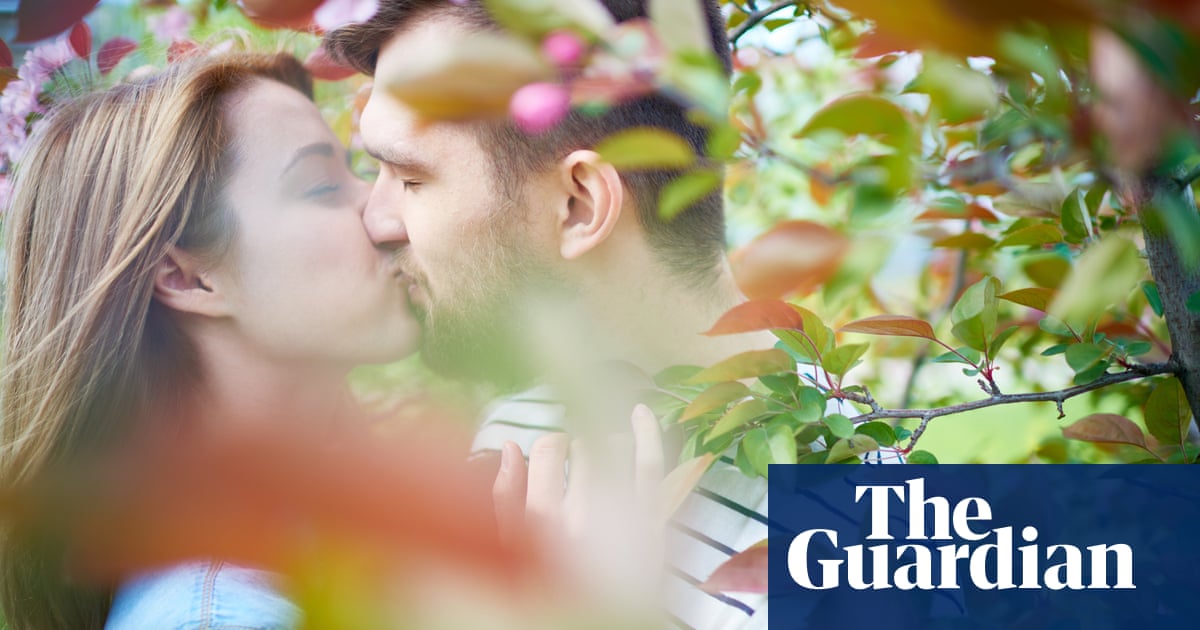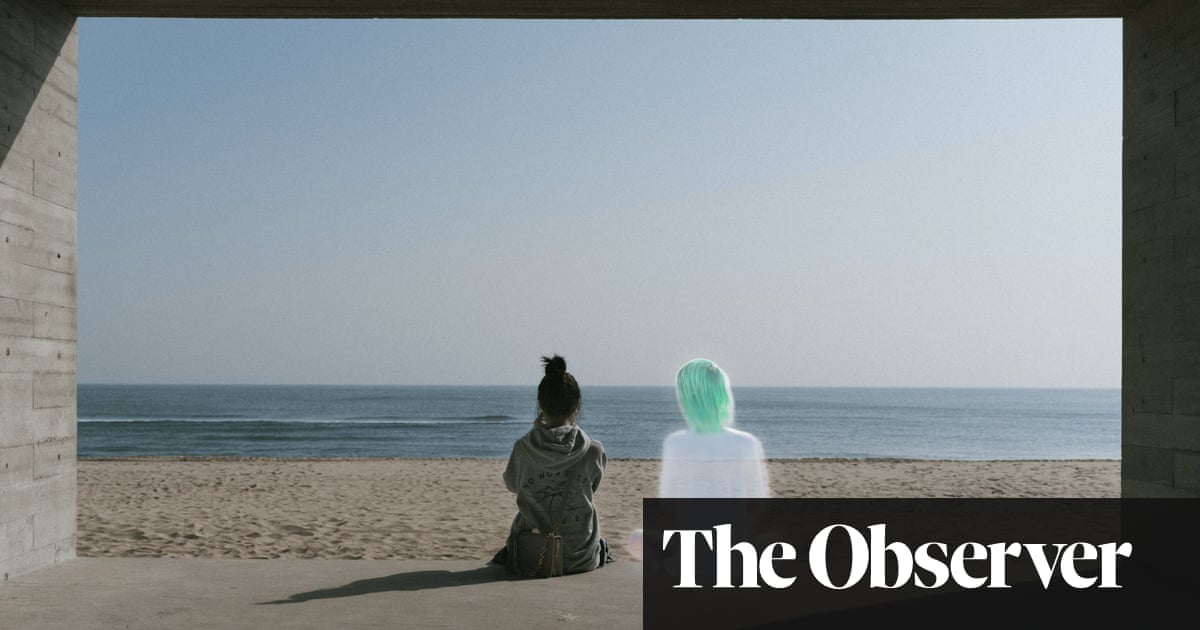
There’s no escaping it: kitesurfing is a daunting sport for beginners. Don’t be fooled by the name – it is nothing like flying a kite in a park. On the first day of a week-long kitesurfing course in Sicily, I found myself in the sea attached to an enormous polyester wing that was powerful enough to lift me clear of the water and send me hurtling through the air.
Despite my nerves, I could see that the Stagnone Lagoon near Marsala, western Sicily, is a great place to learn. The lagoon is shallow enough to stand up in, has no waves and is protected by four islands – Isola Grande, San Pantaleo, Santa Maria and La Schola – that create a natural wind tunnel; there is a consistent breeze from spring to the end of October. The area is popular with kitesurf schools, including mine, UCPA Planète, but doesn’t feel overcrowded.
The Stagnone Lagoon is a great place to learn – shallow enough to stand up in, no waves and protected by four islands
There were 12 of us on the trip in September: six men and six women ranging from mid-20s to mid-50s, of whom five were beginners. On that first morning, we newbies learned the basics on land: how to tell the direction of the wind; how to identify hazards; how to inflate the kite, attach the lines, stop it blowing away and carry it safely into the water.
Then we plunged straight into the sea to take turns trying to launch our 8 sq metre kite and control it with both hands gripping the bar. Our instructor, JB, kept a firm grasp on our harnesses: until you learn to keep the kite directly overhead, it can pull you into an unwilling, ungainly lurch through the water.
Once we’d got to grips with the kite, it was time to lower ourselves into the water and attempt “body dragging” – deliberately letting the kite power us forwards. This was an instant adrenaline rush, despite the face full of seawater. I partnered with Johanna, a Swedish doctor, to practise. Our progress was fast, so we thought we’d be kitesurfing in no time.
Day two brought us all crashing down to earth. The wind was much lighter and we realised how much heavy lifting it had been doing the previous day. In light wind, you need to be much more skilful – most of us could barely launch the kite into the air, despite moving up to a bigger, more powerful model. Thankfully, the breeze picked up in the afternoon and we practised controlling the kite with one hand. That left the other free to perfect the “Superman” position: body-dragging through the water with one arm outstretched.
On the third day, we continued our superhero impressions while clutching our kitesurfing boards. These are not like big windsurfing boards – more like wakeboards or snowboards. Whenever I crashed the kite, I’d inadvertently let go of the board, then have to relaunch and body-drag back to it. It was exhausting.
The penultimate day’s challenge was getting my feet into the board’s foot straps – a tricky juggling act that involved keeping the kite at 12 o’clock (directly overhead) with one hand, while floating on my back like a beetle, legs bent, groping with my feet. Once my feet were in but my body was still low in the water, I practised steering left and right, then generating a little power to feel what it would be like to come up to standing.
It had all been gearing up to the pinnacle for the novice kitesurfer: the water start. And there was only one day left to achieve it. There are a couple of main methods, but basically you move the kite slowly one way, then quickly the other, with a little pull on the bar to power you up. If this sounds simple – it isn’t. I had many, many false starts. Eventually I was able to stand up, only to immediately fall back down or get yanked through the air and painfully bellyflop.
The afternoon wore on and the lagoon started emptying. I had managed a few very brief runs, but they didn’t really amount to surfing. Finally, on one (fluky?) attempt, I did it: I was on my feet, in control of the kite, flying across the lagoon. It must have lasted a matter of seconds but it seemed like an eternity. The incredible sense of freedom made all the face-plants, bruises, aching muscles and stiff neck from staring up at that bloody kite worthwhile. Then, obviously, I wiped out.
UCPA Planète runs courses for all levels, from beginners like me (full disclaimer: technically I’ve tried it before, a decade ago) to advanced kitesurfers who want to perfect their jumps and tricks. Planète is the worldwide arm of UCPA, a non-profit organisation founded by the French government 60 years ago to provide low-cost sporting opportunities. Other destinations include Fuerteventura, Lanzarote, Portugal, Greece, Morocco and Egypt, with UCPA partnering with sports schools and hotels locally.
I was on my feet, in control of the kite, flying across the lagoon. It must have lasted seconds but it seemed like an eternity
We stayed in Torre Lupa, an apartment complex with a pool in San Leonardo, six miles (10km) north of Marsala. I had my own room but shared an apartment with two others. We had a breakfast buffet by the pool every morning and ate picnic lunches at the lagoon. I was expecting panini, but this was impressive fare cooked by a local cafe: arancini, pasta with pesto alla Trapanesi, potato salad with Pantelleria capers. In the evenings, we ate at different trattorias, sampling more Sicilian specialities such as panelle (chickpea fritters), caponata, pasta alla norma and cassatelle (sweet ricotta-filled pastries). We had a Saturday-night pizza party around the pool and more than one evening ended at Peola, a wine bar in an enchanting vineyard setting, overlooking the lagoon.
There was also time for a little exploring. I arrived early on the first day and walked along the salt flats to catch a boat to Mozia. This ancient island-city on tiny San Pantaleo was established in the eighth century BC and is the world’s best-preserved Phoenician site. I strolled around the whole island, viewing the ruins, then went to the museum to gawp at the muscular Young Man of Mozia, a fifth-century BC marble statue.












